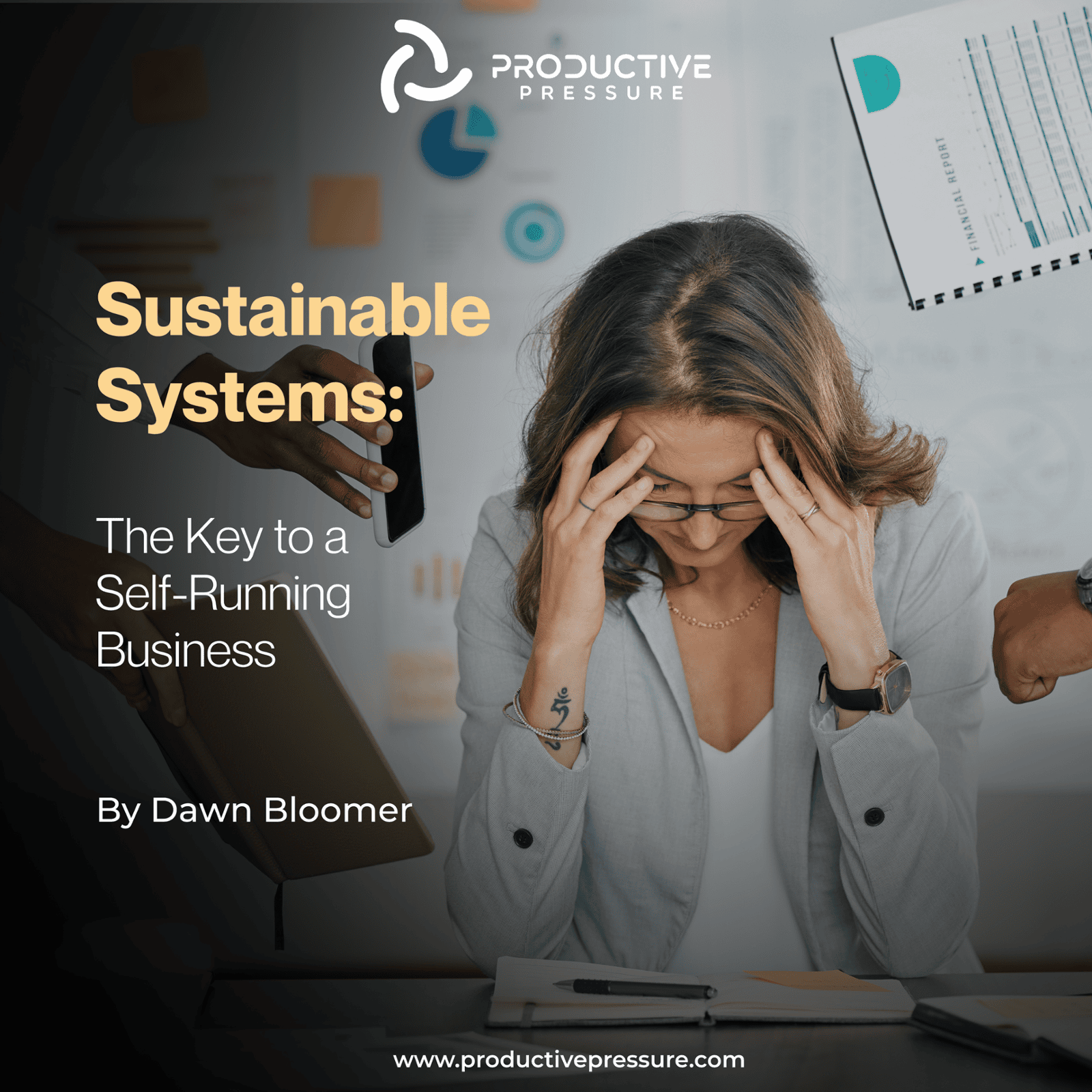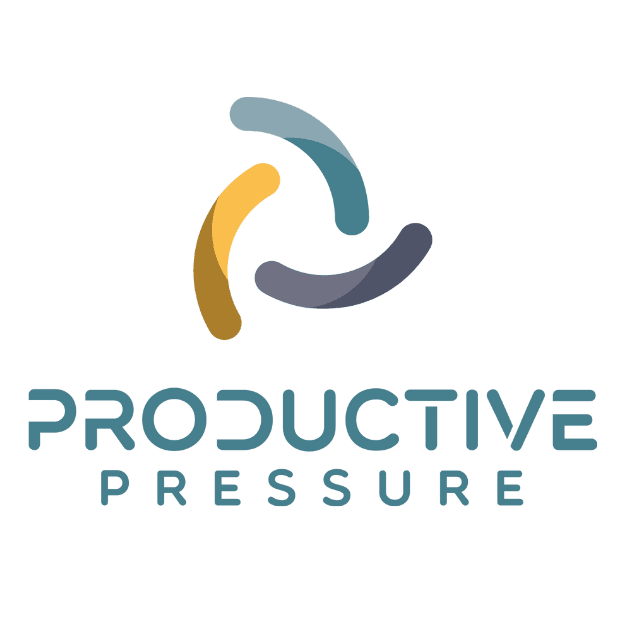
Do any of the following sound familiar?
- Everyone needs YOU – you’re consulted for every decision, even small inconsequential ones. Decision-making authority isn’t clear.
- Everyone is winging it – in the absence of established procedures, your team does things their own way, which means little to no consistency for your product or service.
- Your team needs hand-holding – you’re responsible for providing daily direction and guidance, rather than setting pre-established norms.
In addition to being the primary symptoms of being stuck in Owner Overload, these are all indications that your business needs systems. Systems provide a scaffold for how your business is run. They provide efficiencies, increase productivity, and make it easier to delegate tasks and train new people. When you have good systems in place, you can breathe easy knowing that your customers will receive consistent products, service, and results – because your team is clear on quality standards and how to meet them. Even better? Systems make your business more valuable, because they reduce dependence on the owner. Let’s take a look at how to implement sustainable systems in your business.
What is a system?

A basic business system is a documented series of steps, processes, and procedures that guide your team to get the desired results, time after time. No one on your team should wonder what to do or how to do it, because the process is clearly outlined for them. You can establish systems across many different areas of your business – marketing, payroll, administration, finance, sales, customer service, and fulfillment. Systems provide consistency for everyone – including your customers. They also make your business more efficient –if people know what to do, they don’t hesitate to do it. In many cases, you can automate routine tasks as part of your systems.
Great systems are iterative, not rigid.
Many owners resist the idea of building systems because they think it's about turning you or your staff into robots who complete the same tasks exactly the same way every time. This isn't the goal! Instead, think of your systems as guardrails for how to undertake tasks. Meaningful constraints that make sure that the outcome - and the individual tasks performed to achieve that outcome - adhere to your company brand, align with your values, and work towards your goals. Your standard operating procedures, systems, and processes provide a structure for future iterations - leaving room for improvements without requiring additional oversight or input. As time goes on, you and your team will collaboratively improve and update your processes - making your business better and more efficient over time.
What makes a system sustainable?
The key to developing sustainable systems is to keep them simple. When people think of systems, they often imagine very complicated processes or binders full of detailed instructions. These might make great systems in theory, but they are often not sustainable because they are too complex. To create sustainable systems, consider:
- What is the simplest and easiest way to perform this task? Turn the steps into a checklist.
- Can this document be turned into to template that can be used over and over? What if every email response was as simple as "copy and paste"?
- How could we use technology to automate or streamline this task? A simple app like Calendly for appointment booking or Todoist for task reminders can save hours of time every week and make everyone's jobs easier.
Sustainable systems are easy to remember to use and quickly embraced by employees because they save time, reduce repetitive boring work, and generally make life easier.
How to develop sustainable systems
Here’s a 4-step process for developing sustainable systems:
- Define the goal – what do you want your system to achieve?
- Break down the steps – work with your team to define the steps that lead to the outcome you seek.
- Iterate – once you’ve seen the steps laid out in writing, you have the opportunity to improve. Work with your team on ways to make the process even better, and make those adjustments in practice.
- Evaluate and modify as necessary – start using the documented system, and talk with your team about the results you get. If you need to, tweak the process until you get the consistent result you want.
Good systems are key to creating a business that can run without you.
Without good business systems, you need to depend on the knowledge of individual team members to meet your standards. And when those team members leave, so does that knowledge. With good systems, your team won’t depend on you for every little decision because you’ll have established clear processes and guidelines that guarantee top quality. Plus – documenting your systems gives you the opportunity to look for areas where you can streamline and improve the way you do things. Good systems give you OPTIONS. They increase your team’s productivity, improve customer service, speed up training – and make you more money. And finally, sustainable systems allow you to scale. When there’s a process in place to meet customer needs, it makes the path for growing your business much more clear and feasible. This ultimately makes your business more valuable. Sustainable systems are a no-brainer.
